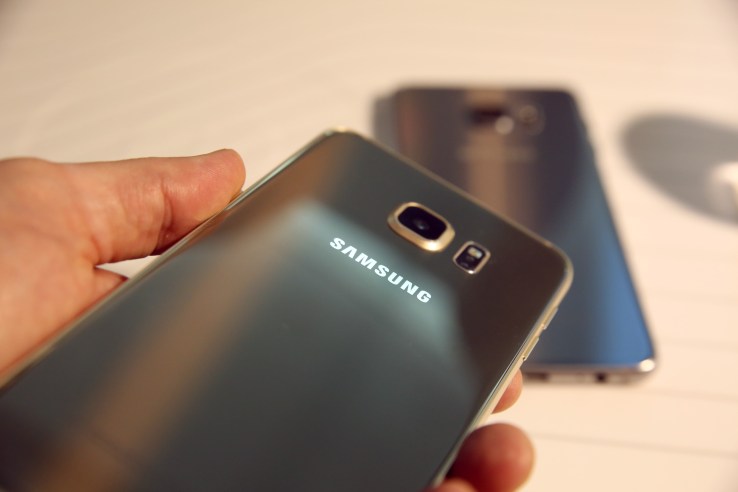
Samsung’s slow recovery appears to be continuing after the South Korean tech company release its financial projections for the final quarter of 2015, although they are lower than industry analyst expectations.
The firm said today that it expects to see a 6.1 trillion KRW ($5.1 billion) profit on total sales of 53 trillion KRW ($44 billion) for Q4 2015. That would represent a 15 percent year-on-year increase in profit on its very poor Q4 2014 quarter, but a 7.5 percent dip on Samsung’s Q3 2015 profit. Analysts had expected the company to post total revenue of 6.6 trillion KRW, a figure which it looks like it will fall shy of. We’ll find out for sure when the full figures are released at the end of this month.
There’s plenty of caution coming from the company already though. Samsung co-CEO Kwon Oh-hyun warned employees that 2016 could be another challenging year for the Korean giant.
“The global economy will continue to see tepid growth while uncertainty will grow in emerging markets accompanying financial risks,” he said in a New Year’s speech,according a Wall Street Journal report.
Samsung is under pressure from Apple in the high-end of the smartphone market, while a collection of Chinese OEMs, led by a resurgent Huawei and the ever-competitive Xiaomi, are battling it in the mid- and low-end sectors, particularly in emerging markets like Latin America, India and Southeast Asia.
Added to that, global smartphone shipments growth is expected to continue to slow, continuing the trend that began mid last year primarily due to lower growth in China, which is the world’s largest phone market. That trend is impacting all phone-makers, not just Samsung, but, as one of the big dogs in its space, Samsung could feel the chill harder than most.

Comments
Post a Comment